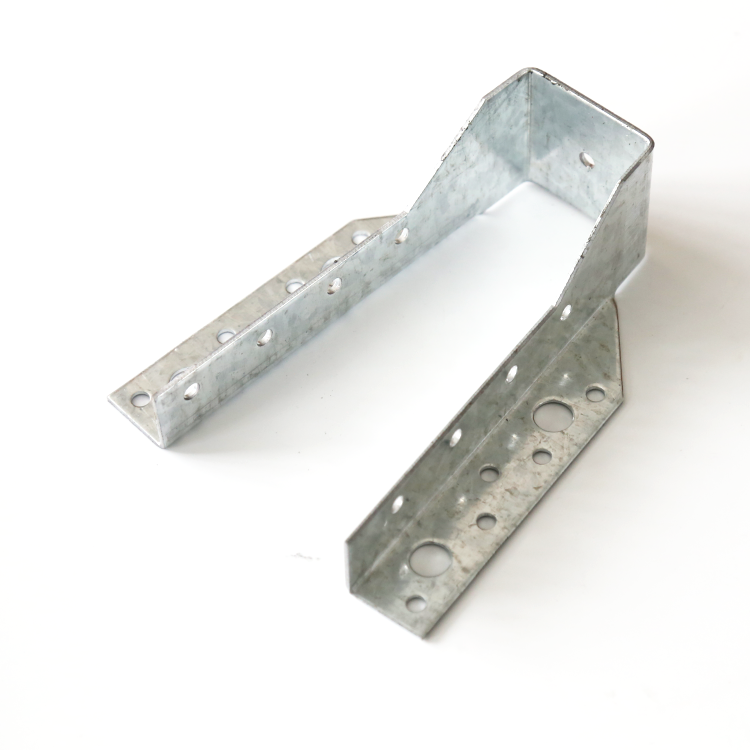Views: 460 Author: Site Editor Publish Time: 2018-10-15 Origin: Site

Generally, there are two kinds of connections used in wood-frame buildings: mechanical and joinery (may also called carpentry). When related to details, there are many variations within these categories and a wide range of options to accommodate virtually and building design.
Mechanical Connections
First, mechanical connections can be divided into three main categories: dowel, metal connector plates with teeth, and shear. Also, there are lots of proprietary connections that combine the characteristics of these types.
1. Dowel-type fasteners
Dowel-type fasteners are relatively simple and efficient to install, and are very effective in transferring loads at the same time. So they probably are the most common kind of mechanical connection you could see in daily life. Dowel-type fasteners are rich in forms and the strength properties can be tested according to the National Design Specification for Wood Construction. Generally, nails are used when the loads are relatively light, such as in family and light commercial buildings. In fact, the staples can take place of nails, when having equivalent capacities with nails. In certain conditions, such as exposure to moisture, screws can better satisfy the needs than nails, since they have less tendency to work loose and have higher wind withdrawal resistance in severe wind events. Besides, timber rivets are a high-strength dowel-type fastener, that can be used in conjunction with fabricated metal plates.
Dowel-type connection can transfer the force between wood members through the combination of dowel bearing and bending of the dowel fastener.
For flooring, it’s recommended to use a glued-nailed system. In this system, glue can attach sheathing to the substrate member (lumber or an I-joist), thus minimizing squeaks and increasing stiffness due to T-beam action. Note that, all nailing must be completed before glue sets, and it’s not recommended to apply glue to bond wall or roof sheathing to framing, because this will lead to reduced ductility.
2. Metal connector plates with teeth.
Metal connector plates with teeth can partially penetrate the wood members and are mainly used on light weight wood trusses. These connections can transfer the loads near the surface of the wood members.
3. Shear connectors
Shear connectors are usually used to accommodate heavy loads. Included are split rings, shear plate and toothed shear plates. Generally, Shear connectors are made from cast iron or light metal. They are able to transmit the loads only relying on bearing and shear resistance of the wood in the direction parallel or perpendicular to the grain. They can be used to connect wood-wood or wood-steel members, and may be concealed or visible.
Copyright 2022 Hebei Crown Wealth Metal Products Co., Ltd. | LINKS: Pole Line Hardware | Building Hardware | Bird Spikes | Bird Control